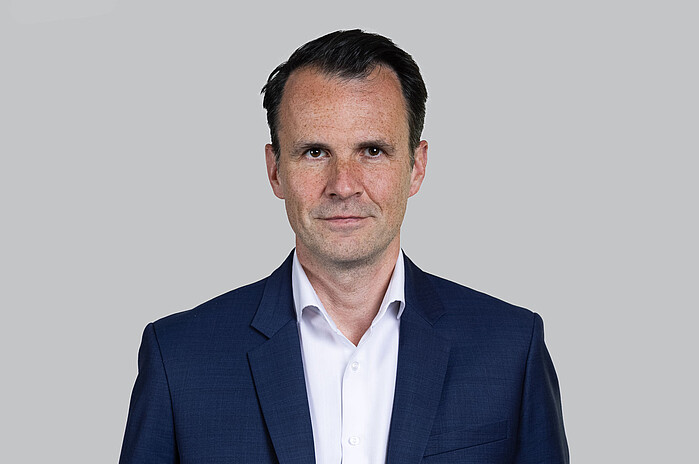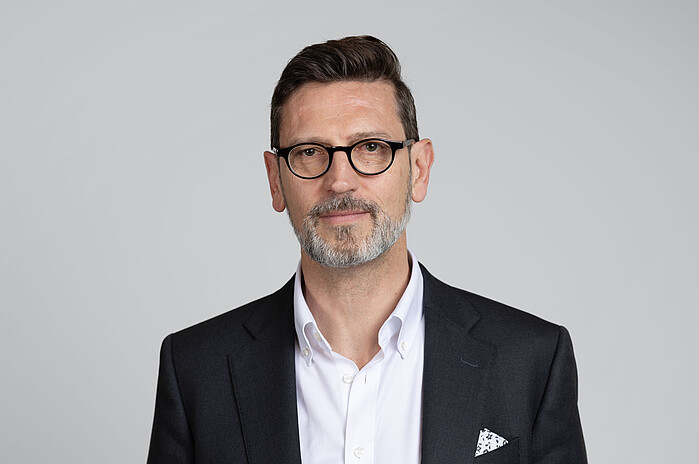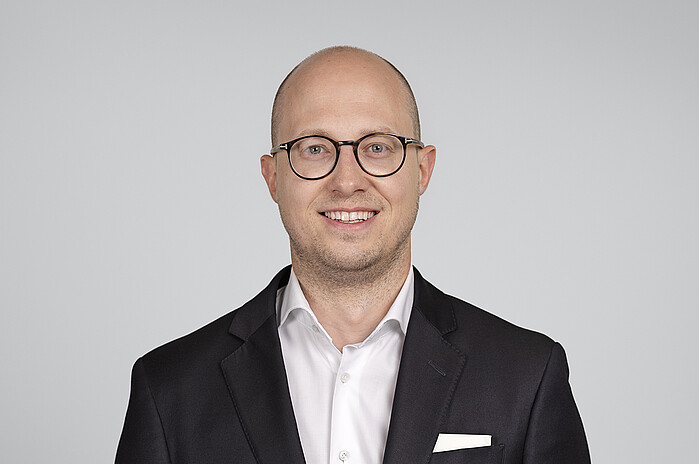
Infrastructure secondaries in the limelight - SFP Infrastructure Partners (3/3)
In this last episode of our series, we explain why we focus on the infrastructure secondary market, a very dynamic segment, and why it is a key pillar of our strategy.
In the past few years, particularly with pension funds, we have observed that active portfolio management has taken a more prominent role in the private market. To this end, the emergence of secondaries has made the infrastructure market more liquid making it easier for investors to buy and sell assets. Expressed in numbers, the total global secondary market across buyout, infrastructure, real estate and debt arrives at a staggering volume of approx. USD 111bn (Campbell Lutyens 2023), which grew at a CAGR of 12% since 2014. Secondaries provide flexibility to limited partners (LPs) who may seek liquidity for various reasons, such as rebalancing their portfolios, meeting capital commitments, or addressing cash flow needs. This means that LPs can create liquidity themselves outside of the traditional fund lifecycle and manage their portfolios actively by reallocating capital to improve overall portfolio returns. General partners (GPs) use secondary transactions through so-called “continuation vehicles” that allow them to extend the holding periods. Given that the traditional M&A and IPO market has been fairly dry, such continuation vehicles are an alternative means of creating liquidity. Hence, secondaries unlock value for both LPs and GPs and offer attractive opportunities at the same time.
Although the secondary market is growing, fundraising for secondary transactions arrives only at USD 86bn (compared to a deal volume of USD 111 bn) and a CAGR of 11% (2019-2024E) (Campbell Lutyens 2023). From our perspective this gap is even greater when looking at the small to mid-market segment of the infrastructure secondary space. Of the overall transaction volume, infrastructure represents approx. 8-13% (2023) but is strongly growing given that in 2022 it was only at 4% (Campbell Lutyens). This growth trajectory and funding gap, combined with an average discount to NAV of around 7% (for LP transactions), make this market very appealing.
For these reasons we strongly believe that this segment offers significant value for our investors. For instance, we are currently observing LP-led transactions trading at a discount posing exciting opportunities, like a transaction containing a renewable energy fund in North America that we are evaluating. Equally, the GP environment is still challenging and the backlog of assets requiring exits means that the GP-led pipeline is poised to grow and continue to be attractive in the medium term. Thus, the secondary market allows us to build a diversified and de-risked portfolio of infrastructure assets at a better risk return compared to a traditional direct fund.
In conclusion, SFP Infrastructure Partners is excited about the potential of the infrastructure space and particularly the secondary market, in which our fund has already successfully acquired assets. We are determined to leverage our know-how and network, and believe we are ideally positioned to benefit from the secondary opportunities in our pipeline. From what we have seen to date, it is one of the best markets to be investing into.
The Management Team


Dr Cledan Mandri-Perrott
Partner, Head of Strategy & Investment Solutions
SFP Infrastructure Partners

![[Translate to Englisch:] [Translate to Englisch:]](/assets/group/_processed_/3/f/csm_The_Future_a342b572e5.jpg)